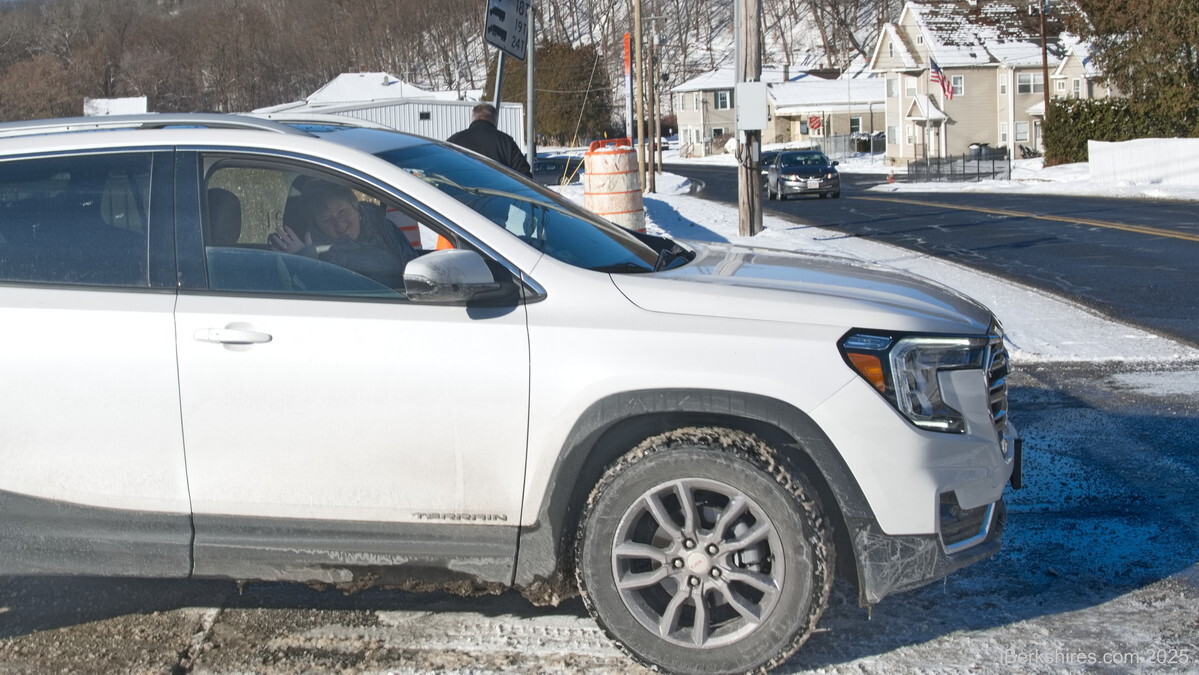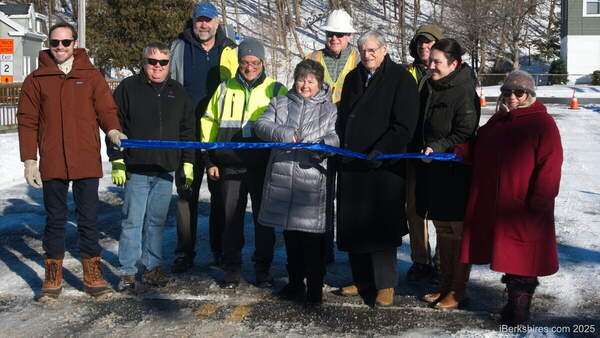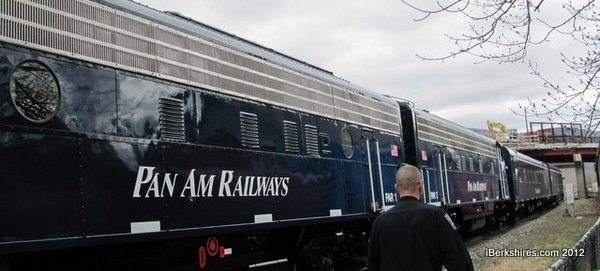
Congressmen Get Firsthand Look At Hoosac Tunnel
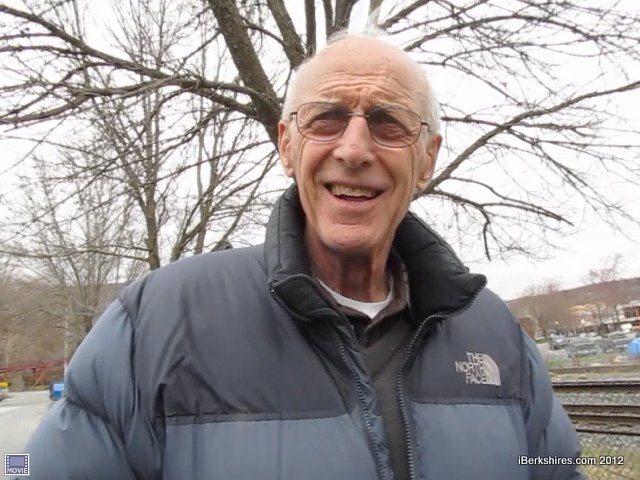 U.S. Rep. John W. Olver, D-Amherst, said he was 'allowed to have my hand on the throttle while it was sitting very still ... They also had another guy sitting there with his hands on the brake in case I got rambunctious.' |
U.S. Reps. John W. Olver and Richard Neal, accompanied by Pan Am Railways and state Department of Transportation officials, took the train from Greenfield through the historic Hoosac Tunnel, a top priority in clearing the way for the use of double-decker freight canisters.
"It's really critically important to get that done because the whole of Northern New England [is accessed] from this railroad line," said Olver.
The state was awarded a $2 million competitive grant by the U.S. Department of Transportation in early March toward preliminary engineering and environmental studies of 19 obstructions in two tunnels and 17 road, rail or pedestrian bridges that prevent the use of double-stack trains along the so-called "Patriot Corridor" between Mechanicville, N.Y., and Ayers.
The major challenge is the nearly five-mile Hoosac Tunnel, a 19th-century engineering marvel that cemented the city's claim as the Western Gateway. The 1950s Pan Am passenger train glided into Western Gateway Heritage State Park, a reminder of what had once been a bustling rail yard in the last century.
"It's a reminder of the role again that rail transportation has played not only in American history but in terms of future investment," said Neal, outside the Visitors' Center that hosts a museum dedicated to tunnel. "Rail transportation has made a great comeback ... you can see in Central and Western Massachusetts the success that rail transportation is having for commercial purposes, particularly for short lines."
Neal later visited McCann Technical School, Morrison Berkshires and Massachusetts College of Liberal Arts and taught a class at Williams College before meeting with the Williams Democrats. Olver spent some time in the train museum.
The height of the Hoosac Tunnel has hampered the ability to get freight north to Vermont, New Hampshire and Maine via Pan Am, which is partnering with Norfolk Southern Railways. CSX operates a southern route that runs through Pittsfield. Olver said that for freight purposes, Northern New England is easier reached from this railroad line rather than CSX to the south.
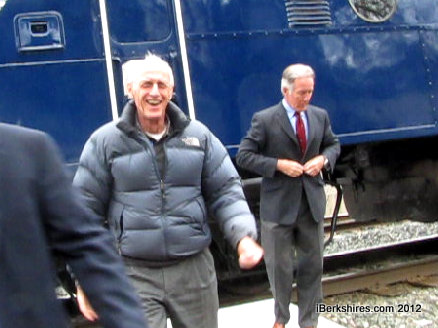 Above, Olver and Neal rode in the cab of the train; right, Pan Am President David Zink said the tunnel project presents difficulties. |
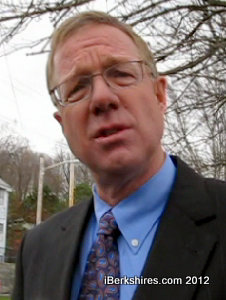 |
The tunnel, still the longest east of the Mississippi, needs about a foot more clearance, said Fink, either by scraping the roof or lowering the track. The height had been raised in 1997 to accommodate triple-racks and doubles that were one high and one low but that configuration no longer works.
Once the engineering is completed, the hard part will be how to do it.
"You can't just close the tunnel for a month and fix it ... We need to run trains," said Fink. "It will be an interesting engineering project for the low bidder who gets it."
Olver estimated the tunnel work will be as costly as the other 18 obstacles put together.
"The Congress will have to make some commitment and the state will need to make some commitment, but a good portion of it is going to have to be done by Pan Am and Norfolk Southern," he said. "It's going to be in their interest to get it done, too."
Tags: Hoosac Tunnel, railroad, railway,

